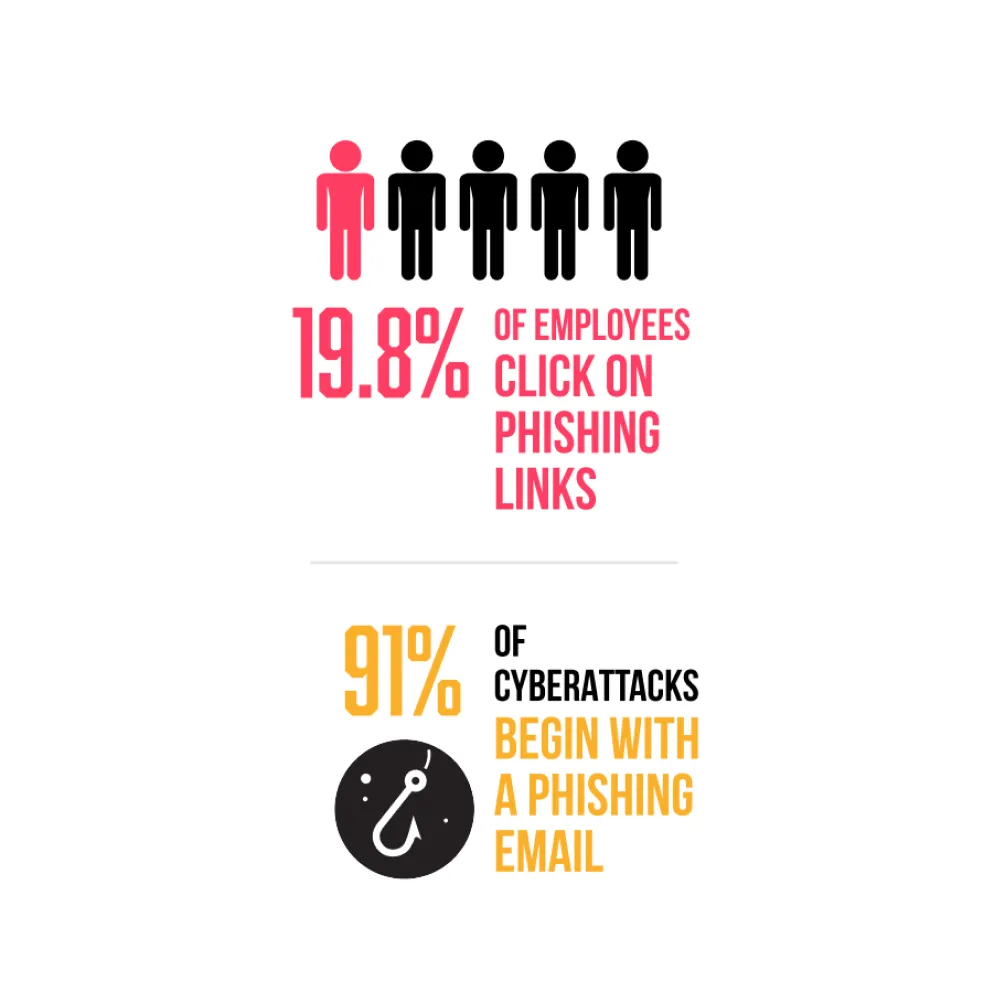Cloud computing has enabled businesses to revolutionize their operations, providing them with the much-needed flexibility, scalability, and cost savings to remain competitive in today’s fast-paced marketplace. Looking ahead, it is expected that cloud computing will continue to evolve, ushering in new trends, challenges, and opportunities poised to shape the industry’s future.
The emergence of multi-cloud environments is poised to be one of the most significant trends in the future of cloud computing. The flexibility afforded by multi-cloud environments empowers businesses to achieve their objectives of cost reduction, performance enhancement, and avoiding vendor lock-in. As companies increasingly seek to streamline operations, the ability to select multiple cloud providers enables them to customize solutions and leverage the best services from each. Consult with our Shreveport Managed Services Provider to harness the power of cloud computing in your business.
In this article, we will explore the latest cloud computing trends, opportunities, and challenges.
What is the Future of Cloud Computing? – Trends
Hybrid and Multi-Cloud Adoption
Hybrid and multi-cloud adoption is one of the emerging trends in the future of cloud computing. As organizations continue migrating their operations to the cloud, many realize that a one-size-fits-all approach may not be the most effective solution for their needs. Hybrid cloud solutions, which combine both public and private clouds, offer the flexibility and scalability that organizations require.
It allows them to take advantage of the cost savings and accessibility of public clouds while maintaining control over sensitive data and applications on private clouds. In addition, multi-cloud adoption, which involves using multiple cloud service providers, provides organizations with increased redundancy and mitigates the risk of vendor lock-in.
Edge Computing
Edge computing is a rapidly growing trend in the field of cloud computing. It refers to processing data closer to where it is generated rather than sending it to a centralized cloud server for analysis. This approach offers several advantages, including reduced latency, improved data privacy and security, and increased efficiency.
With the advancement of Internet of Things (IoT) devices and the need for real-time data processing, edge computing is becoming increasingly important. As more organizations adopt this technology, we can expect to see advancements in edge computing infrastructure and capabilities, further driving the future of cloud computing.
Artificial Intelligence and Machine Learning in the Cloud
Artificial Intelligence (AI) and Machine Learning (ML) are emerging as key trends in the future of cloud computing. These technologies can transform businesses’ operations and provide new opportunities for innovation and growth. By combining AI and ML with cloud computing, organizations can leverage vast amounts of data to gain valuable insights and make more informed decisions.
For example, AI-powered chatbots can enhance customer service by providing personalized interactions, while ML algorithms can analyze large datasets to identify patterns and predict outcomes. As AI and ML continue to advance, we can expect to see even greater integration with cloud computing, enabling organizations to unlock the full potential of these technologies.
Serverless Computing
Serverless computing is the future of cloud computing. It empowers developers to concentrate on writing and deploying code without worrying about managing servers or infrastructure.
With serverless computing, applications are broken down into small, independent functions that can be executed on demand. This simplifies the development process and allows for greater scalability and cost efficiency.
Cloud Computing Challenges
Privacy and Data Security
One of the key challenges in cloud computing is privacy and data security. Organizations storing their data in the cloud entrust their sensitive information to third-party service providers. It raises concerns about unauthorized access, data breaches, and potential data misuse.
It is crucial for organizations to carefully select cloud service providers that have robust security measures in place, such as encryption, access controls, and regular security audits. Employ our IT Support Provider in Monroe in your business to protect data through the cloud.
Legacy System Integration
Cloud computing has brought about a tremendous transformation in the way organizations operate, but integrating legacy systems with cloud infrastructure can be a challenging task. It requires careful planning and consideration to ensure data is securely transferred and the integrated system functions appropriately.
Moreover, compatibility issues between different cloud platforms or providers may add another layer of complexity to the integration process. Despite these challenges, integrating legacy systems with cloud computing can offer significant scalability, flexibility, and cost savings.
Cost Management
Cost management is one of the key challenges organizations face when it comes to cloud computing. While migrating to the cloud can offer cost savings in infrastructure and maintenance, it also introduces new complexities in managing and optimizing costs.
With the pay-as-you-go model of cloud services, organizations must carefully monitor their usage and expenses to avoid unexpected bills. It requires implementing effective cost management strategies such as setting budgets, monitoring usage patterns, and leveraging tools and technologies that provide visibility into spending.
Opportunities in Cloud Computing
Access to Global Markets
The future of cloud computing offers a significant advantage by providing access to global markets. With cloud computing, businesses can expand their reach and enter new markets without the need for physical infrastructure or costly expansions. With cloud-based platforms and services, companies can efficiently scale their operations and offer their products or services to customers worldwide.
It opens up a wealth of opportunities for growth and expansion, as businesses can tap into new customer bases and take advantage of emerging market trends. Cloud computing enables enterprises to seamlessly collaborate with partners and stakeholders from different locations, further enhancing their ability to compete globally.
Innovation and Collaboration
Innovation and collaboration are key factors in the future of cloud computing. As technology continues to evolve, there will be increasing opportunities for businesses to develop new and innovative solutions that leverage the power of the cloud.
Collaboration between different stakeholders, such as developers, researchers, and industry leaders, will be crucial in driving advancements in cloud technology. They can share knowledge, resources, and expertise by working together to create more efficient and effective cloud-based systems.
Rapid Deployment and High Speed
Rapid deployment and high speed are two key opportunities that the future of cloud computing offers. With cloud computing, businesses can quickly deploy and scale their applications and services without requiring extensive hardware infrastructure. It allows for faster time to market and enables companies to respond rapidly to changing customer demands.
Cloud computing offers high-speed data processing and storage capabilities, allowing businesses to analyze large amounts of data in real-time and make informed decisions. These opportunities provided by rapid deployment and high speed make cloud computing attractive for companies looking to improve efficiency and agility in the digital age.
In Conclusion
The future of cloud computing presents a captivating aspect, with possibilities yet intertwined with complexities. With the rapid advancement of technology, the trends project a harmonious amalgamation of AI and edge computing within the cloud realm. While the issue of security remains paramount, innovative solutions and powerful frameworks must be devised to ensure the preservation of data integrity. Nevertheless, within these challenges lie unparalleled opportunities for enterprises to harness scalable and economical solutions and for individuals to witness a more interconnected and streamlined digital universe.



